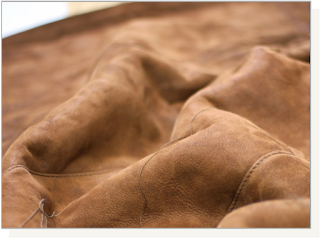American robins, the state bird of Connecticut, have not yet
returned from warmer climes, but other species are in our area, surviving the
snow and cold. On Saturday, January 20 from 11:00 – 12:30 at the Wilton
Historical Society, a Birds of Winter Workshop for Kids will be presented.
Educator Lola Chen will be discussing what
birds are in the area for the winter, information that is gathered by the National
Audubon Society at its annual Christmas Bird Count. She will share the history
of the Audubon Society, while the kids work on a useful project – making a bird
feeder with grapevine and suet for our feathered friends. The children will help make their own snack.
Suggested for ages 6 – 12. Wilton Historical Society Members
$10 per child, maximum $25 per family; Non-members $15 per child, maximum $35
per family. Please register:
info@wiltonhistorical.org or call 203-762-7257.
Did You Know?
“Audubon's Christmas Bird Count (CBC) is the longest running
Citizen Science project in the world. Started in 1899 as a way of encouraging
people to count birds instead of shoot them, the CBC takes place each year from
mid-December to early January when thousands of volunteer birders contribute to
the long-term study of early winter bird populations across North America.
Count captains in each local area coordinate volunteers for their respective
"count circles," and count birds (both number of species and number of
individuals) throughout a 24-hour period.
CBC participants range from expert ornithologists to
beginning birders, following established protocols to ensure consistent data
collection. The data from each count circle is tabulated and submitted to the
National Audubon Society, to be used by scientists in a wide variety of
studies.” – National Audubon Society
The 2017-2018 Christmas Bird Count in Connecticut ran from
December 16 – January 1. Audubon Greenwich counted birds in the Greenwich to
Stamford area, while in Westport, the Connecticut Audubon Society Birdcraft
Sanctuary participated.













